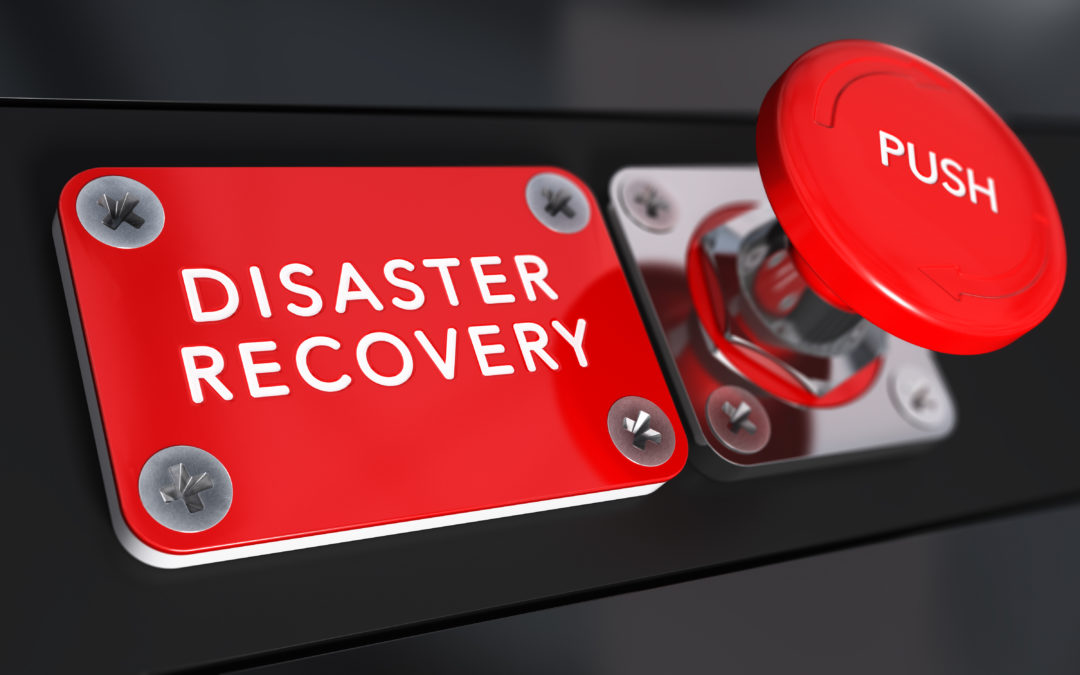When you started your company, you had to choose several types of business insurance to protect property, assets and employees. Putting common policies in place covers most daily necessities, but did you make provision for loss incurred in the event of a disaster? If not, it may be time to look into business interruption insurance.
What Does Business Interruption Insurance Cover?
A general liability or commercial property insurance policy can only help you recoup physical losses after a fire, flood or other unexpected event. Adding business interruption coverage ensures you’ll also receive the income your company would have generated during the period of recovery and rebuilding. This includes rent from tenants unable to occupy properties you own while damage is being fixed.
Interruption coverage comes with a few limitations. There may be a cap on how much you can recover “per incident,” and you won’t be compensated for any type of disaster not covered by the policy of which the interruption insurance is a part. If, for example, you don’t have storm coverage, you can’t request reimbursement after a serious storm takes your business out of commission.
Additional Coverage
You can extend an interruption policy with riders for other types of business insurance:
- Contingent business interruption covers losses incurred if a disaster affects a supplier, web host or other company with which you work and impacts normal business operations.
- Extra expense refers to anything you have to pay for during disaster recovery but wouldn’t need in normal circumstances, such as extra storage or an alternate facility.
- Leader property coverage makes up losses caused by damage to nearby properties you rely on to drive business to your location.
- Service interruption coverage offers reimbursement for losses from a disruption in electricity, water, gas or other utilities.
Using Insurance to Get Back on Your Feet
Peace of mind is the goal when adding interruption insurance. These policies have an indemnity period, meaning you’re covered from the time the disaster hits until your business reaches its pre-interruption status. This may be limited by what’s considered a reasonable timeframe for you to rebuild, but the idea is to let you get back on your feet.
Documenting your profits and expenses over a period of time shows you how much coverage you need so that you can choose the right riders for your situation and avoid the mistake of being underinsured. Figure out how long it would take to get up and running again in a worst-case scenario, and review all your insurance policies to see where interruption insurance could fill in any gaps.
Adding business interruption insurance to your current policy can prevent serious losses and help maintain the value of your company during recovery from a disaster. Although no business owner wants to consider the possibility of serious losses, it’s better to plan in advance and know you’ll be take care of should an emergency arise. Talk with your insurance provider to find the best policy for your business.

